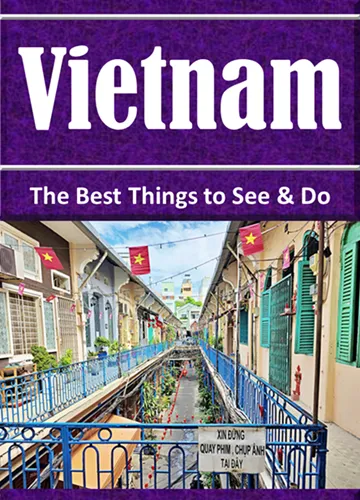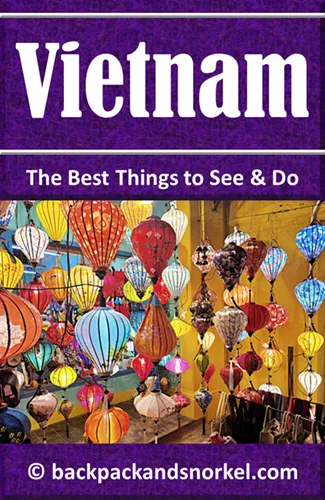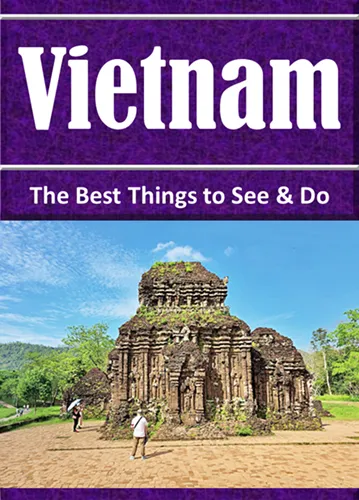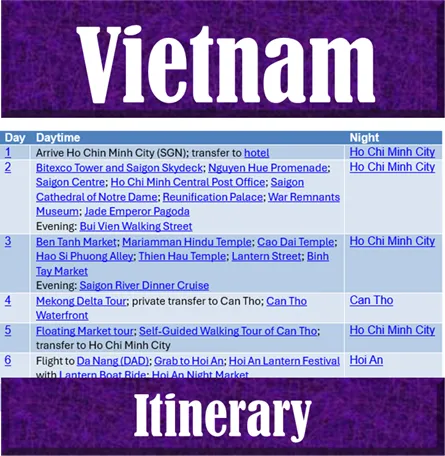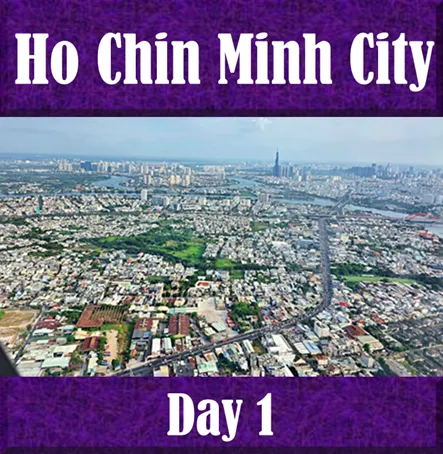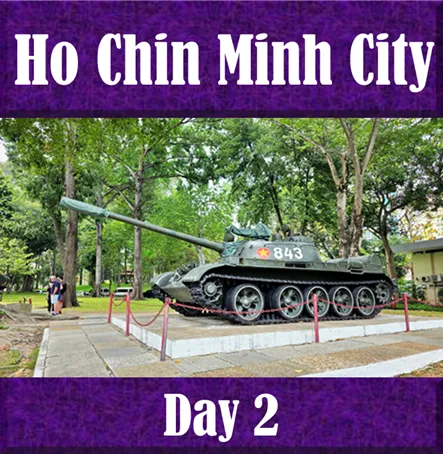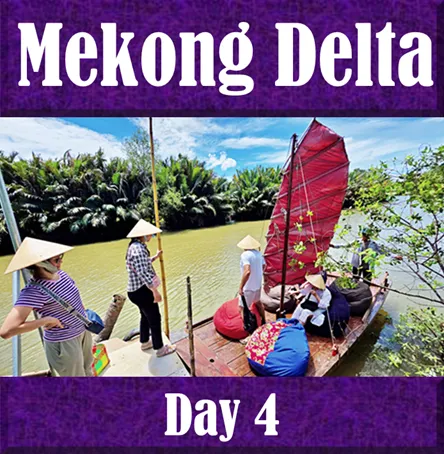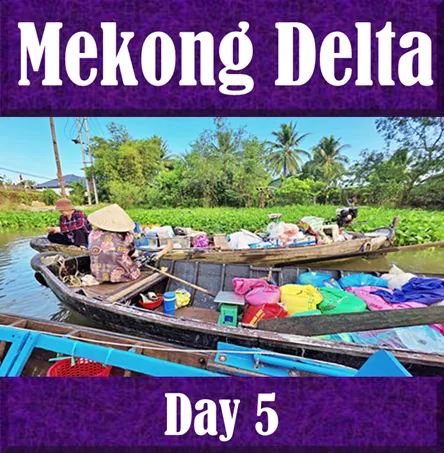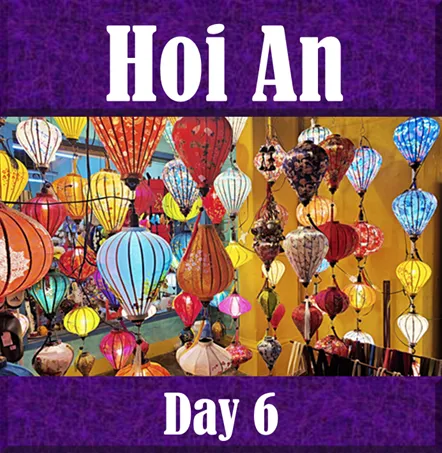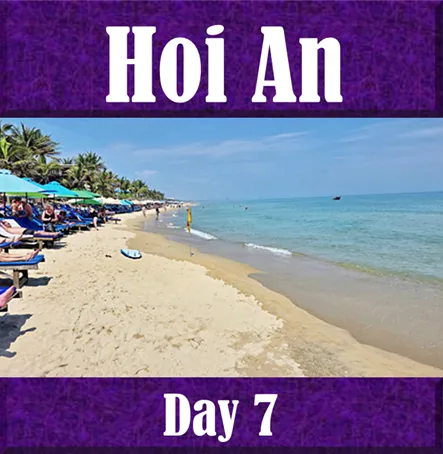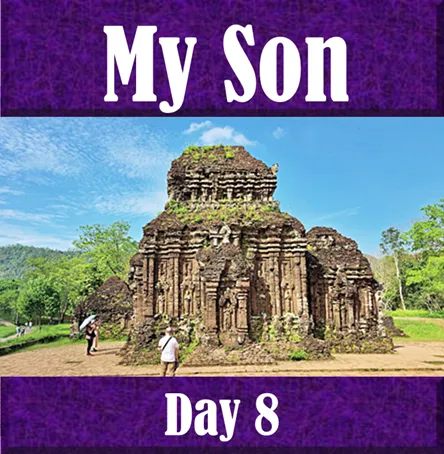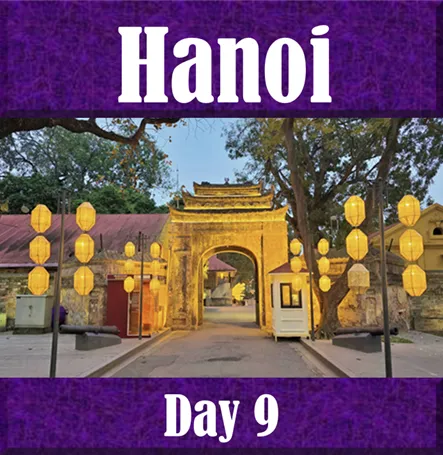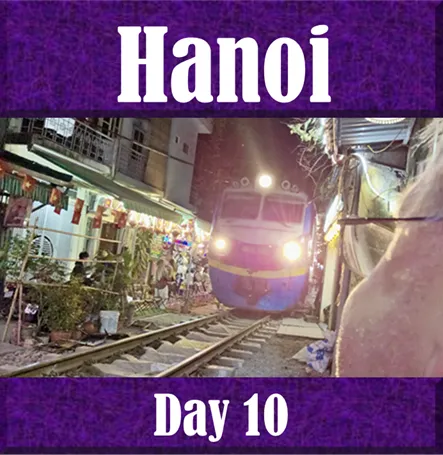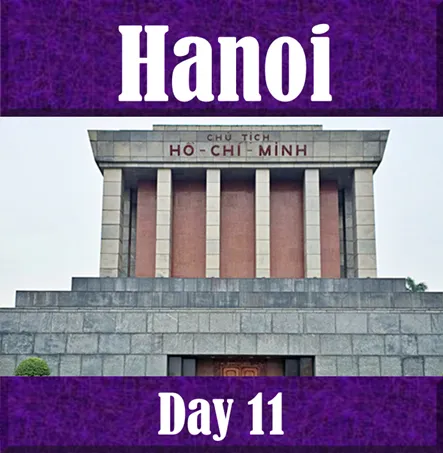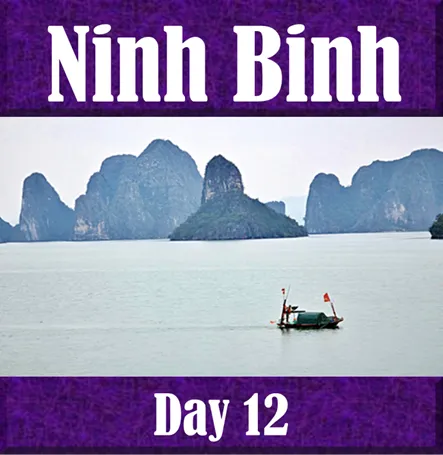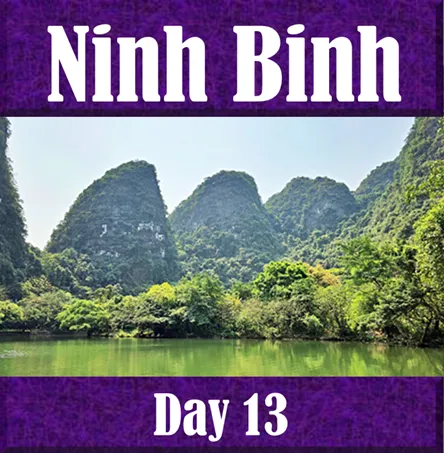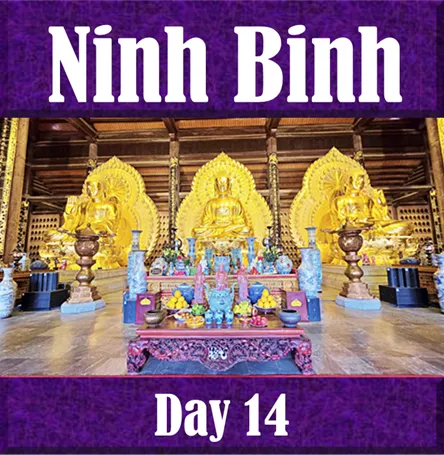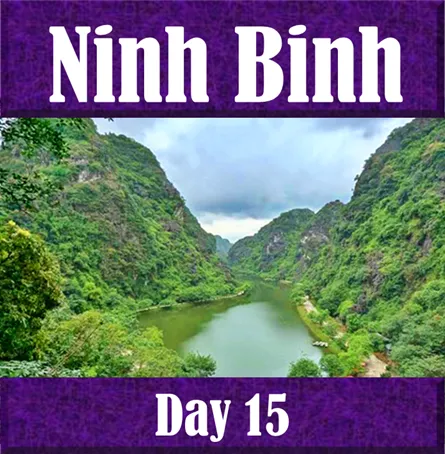Hoi An Museum of Folk Culture: Vietnam's Traditional Life & Old Town Crafts | Vietnam Purple Travel Guide
(map, reviews)
This is Premium Content! To access it, please download our
Backpack and Snorkel Purple Travel GuideTo enter, you need to have purchased the Hoi An Ancient Town Ticket. Be advised that, if you follow our Self-Guided Tour of Hoi An Ancient Town, you may only have 2 more attractions left. Our advice is to rather use them for Hoi An Traditional Art Performance House, and Old House of Tan Ky.
Located in a charming wooden building in the heart of Hội An Ancient Town, the Museum of Folk Culture (sometimes called: Museum of Folklore) is a good place to help you understand the everyday life, craftsmanship, and beliefs of central Vietnam’s people.
From traditional garments and tools to vivid festival displays and artisan workshops, this cultural treasure trove captures the essence of Vietnamese folk heritage, making it one of the best cultural museums in Hoi An for curious travelers, history lovers, and families alike.
Here are some photos that we took:
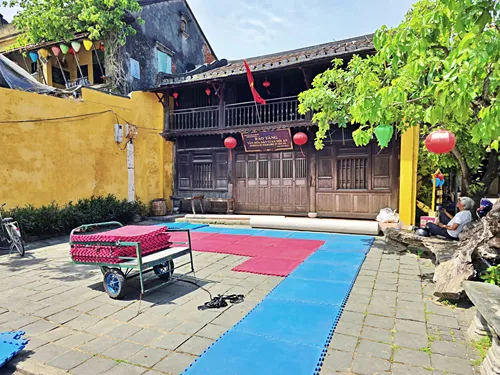
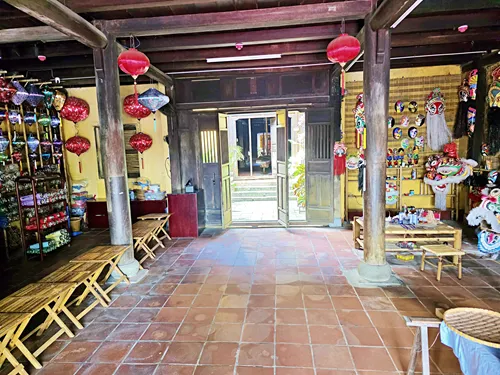
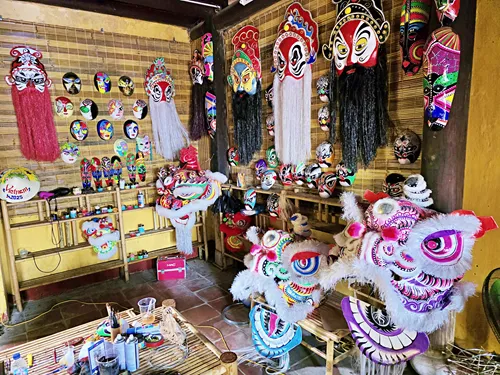
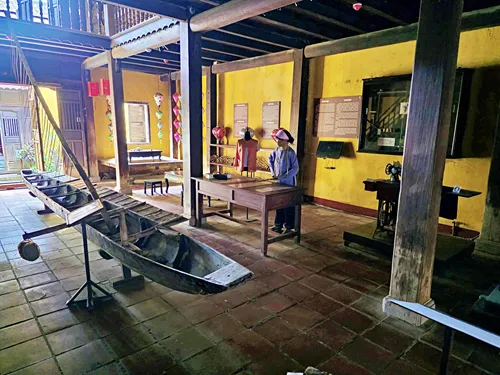
What is the Museum of Folk Culture?
The Museum of Folk Culture in Hội An (Bảo Tàng Văn Hóa Dân Gian Hội An) is one of the four main museums included in the Hội An Ancient Town ticket. It occupies a beautifully preserved two-story wooden house that dates back over 150 years.
This impressive structure is one of the largest ancient houses in Hoi An, spanning a remarkable 57 meters in length and 9 meters in width, with two stories and wooden floors connecting to both Nguyen Thai Hoc and Bach Dang streets. The building itself is a beautiful example of local architectural style, providing an immersive and fitting backdrop for the invaluable collections it contains.
Established in 2005, the museum is dedicated to preserving and showcasing the folk customs, daily life, and intangible cultural heritage of the people in Quảng Nam province. With over 600 artifacts, this museum paints a vivid picture of how traditional Vietnamese communities lived, worked, celebrated, and worshipped across generations.
What You Will See Inside
The museum is arranged into thematic sections, each highlighting a different aspect of traditional Vietnamese folk culture. Informative signs in both Vietnamese and English guide you through the exhibits.
Traditional Festivals and Beliefs
Learn about folk rituals, seasonal celebrations, and religious practices that are still observed in Vietnamese villages today. Discover the symbolism behind Tet (Lunar New Year), Mid-Autumn Festival, ancestor worship, and spiritual customs like trance dances and offerings.
Traditional Crafts and Handicrafts
Hội An is famous for its artisanal heritage, and this section spotlights the tools and techniques used in:
Weaving and embroidery
Pottery and ceramics
Wood carving and bronze casting
Lantern-making and tailoring
You will even see life-size models of artisans at work, recreating scenes from village workshops and marketplaces.
Fishing and Agriculture
Explore rural life in central Vietnam with displays on rice farming, fishing techniques, and water transportation. Tools such as bamboo baskets, fish traps, sickles, and plows give a fascinating glimpse into the ingenuity of local communities.
Traditional Costumes
View colorful displays of ethnic and regional dress, including the Ao Dai, conical hats (nón lá), and outfits worn during festivals or by local artisans. This section highlights how clothing reflects identity, function, and aesthetics in Vietnamese culture.
Practical Information
Hours: Open daily, 7:00 AM – 5:30 PM
Entry: Included in the Hoi An Ancient Town entrance ticket
Photography: Allowed, but flash is discouraged
Accessibility: Wooden stairs to second floor may be difficult for those with mobility issues
Here at Backpack and Snorkel Travel Guides, we promote self-guided walking tours.
But we realize that not everybody likes to walk by themselves in a foreign city. So, just in case that you rather go with ab guide: NO PROBLEM! Please see the Viator tours below.
paid Viator tours
Where do you want to go now?
Author: Rudy at Backpack and Snorkel
Bio: Owner of Backpack and Snorkel Travel Guides. We create in-depth guides to help you plan unforgettable vacations around the world.
Other popular Purple Travel Guides you may be interested in:
Like this Backpack and Snorkel Purple Travel Guide? Pin these for later:

